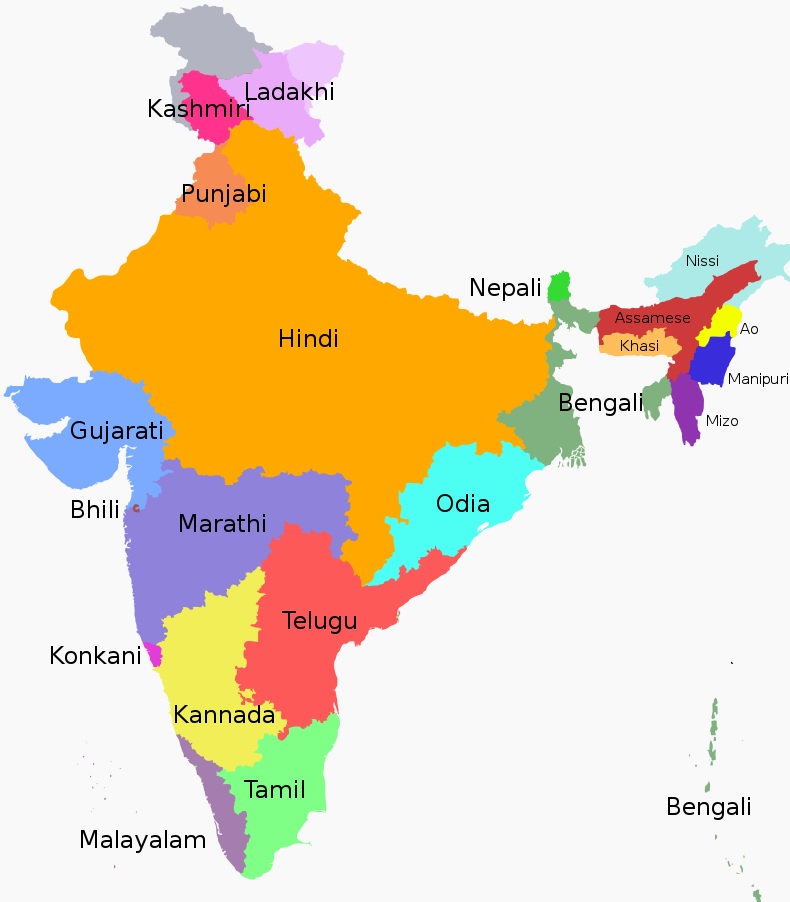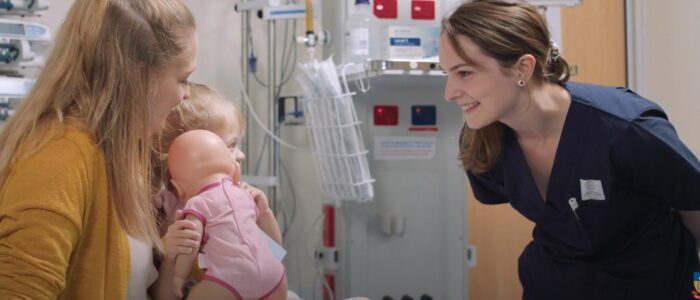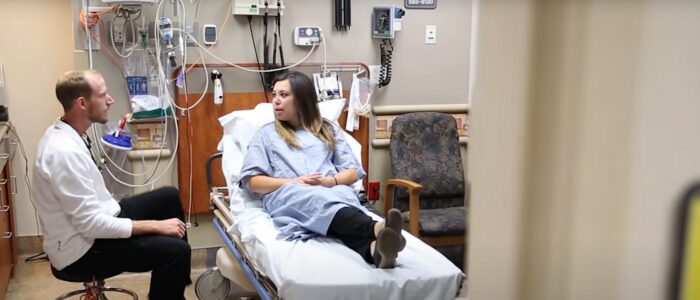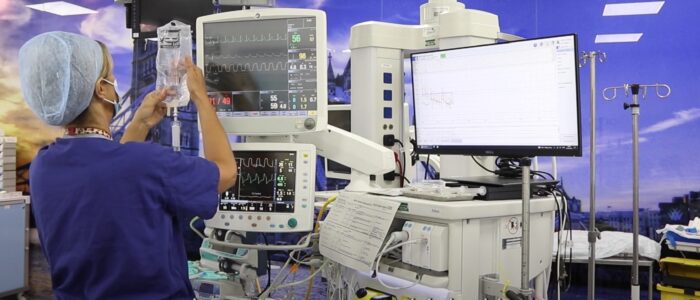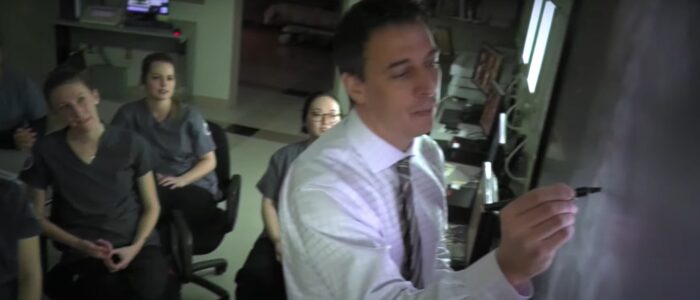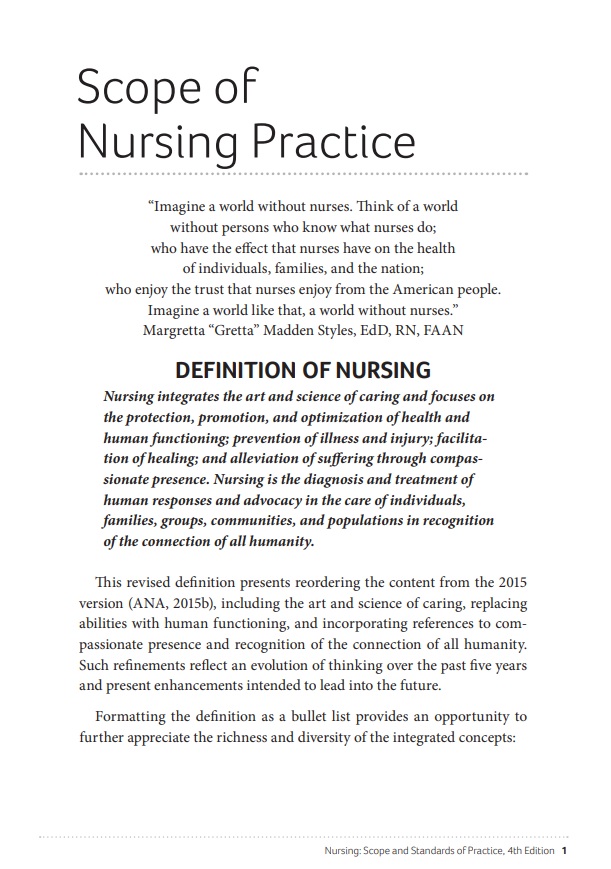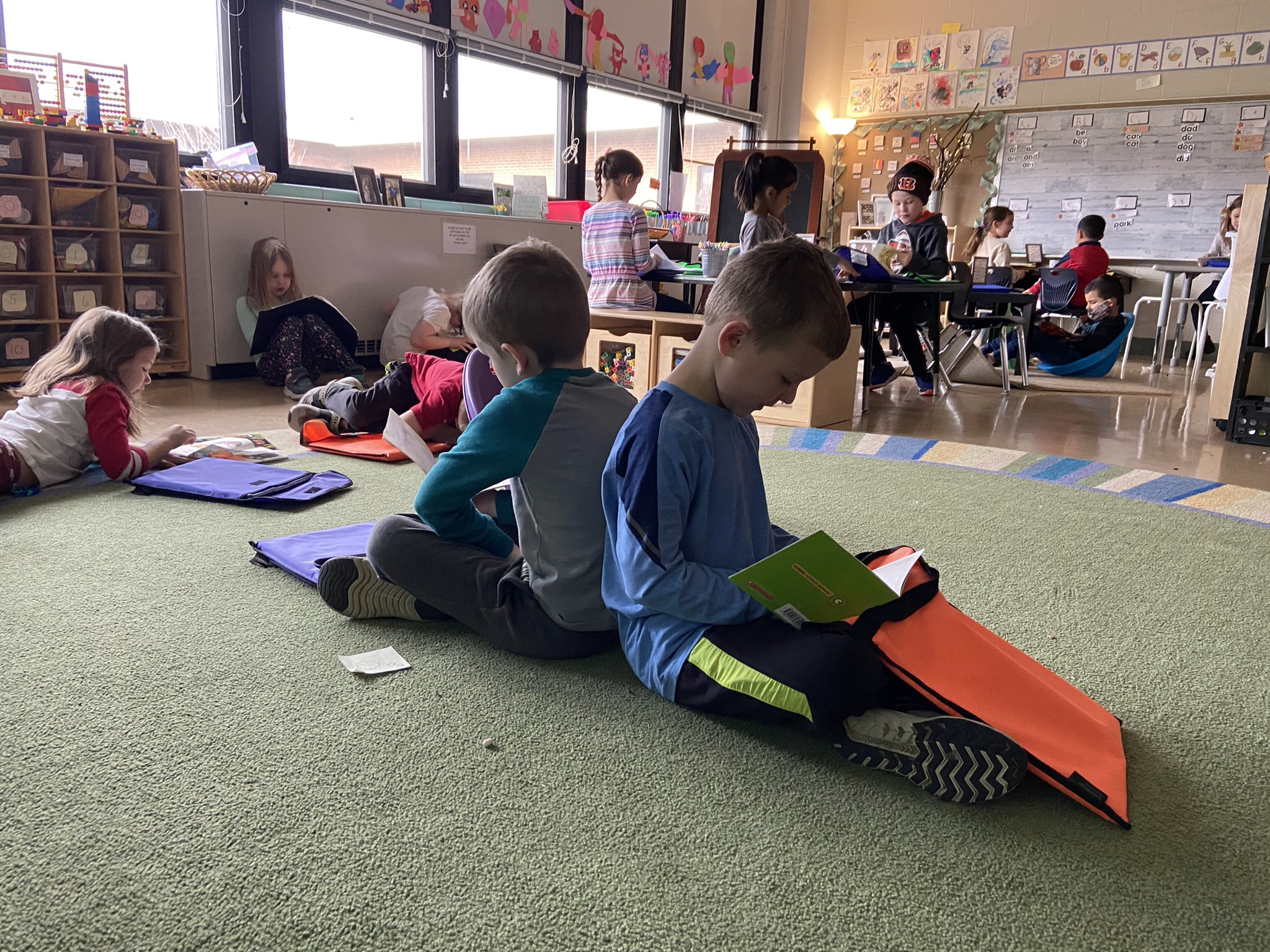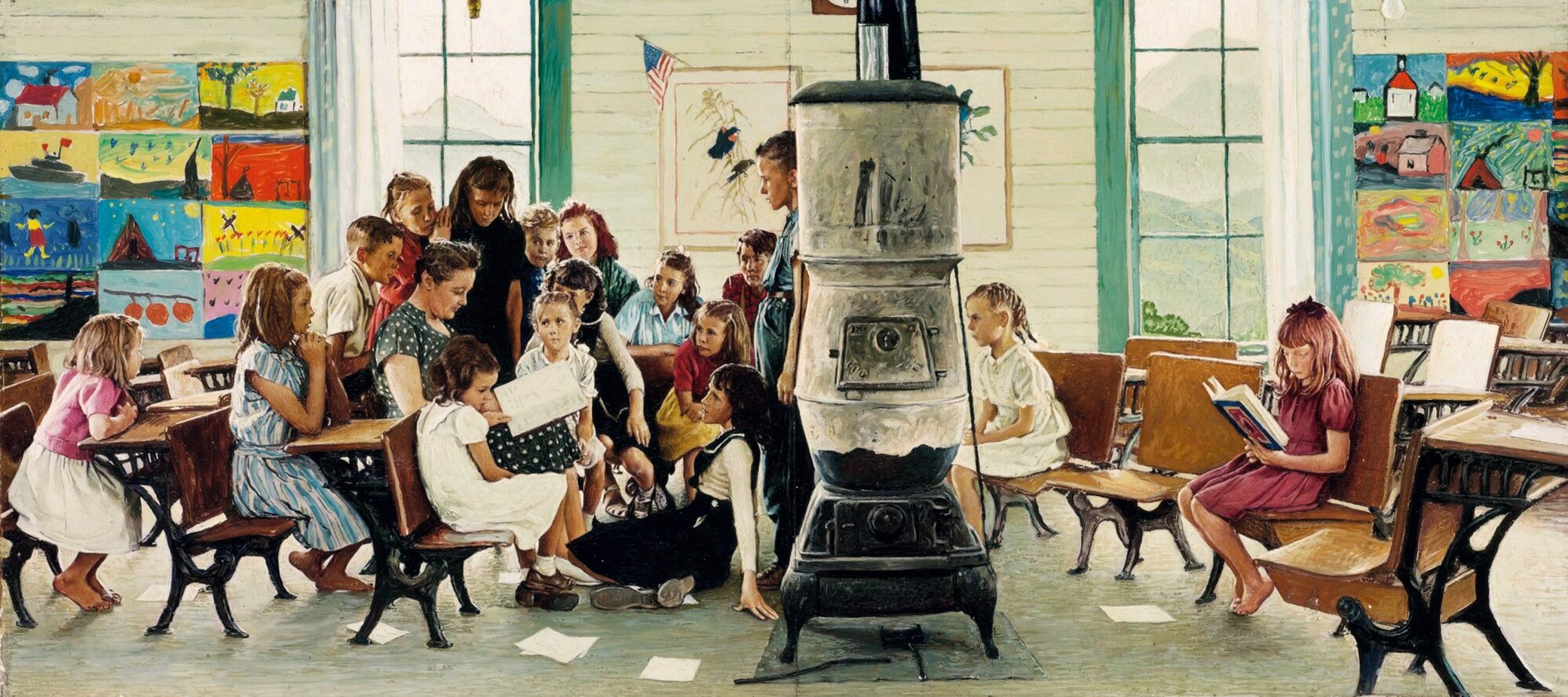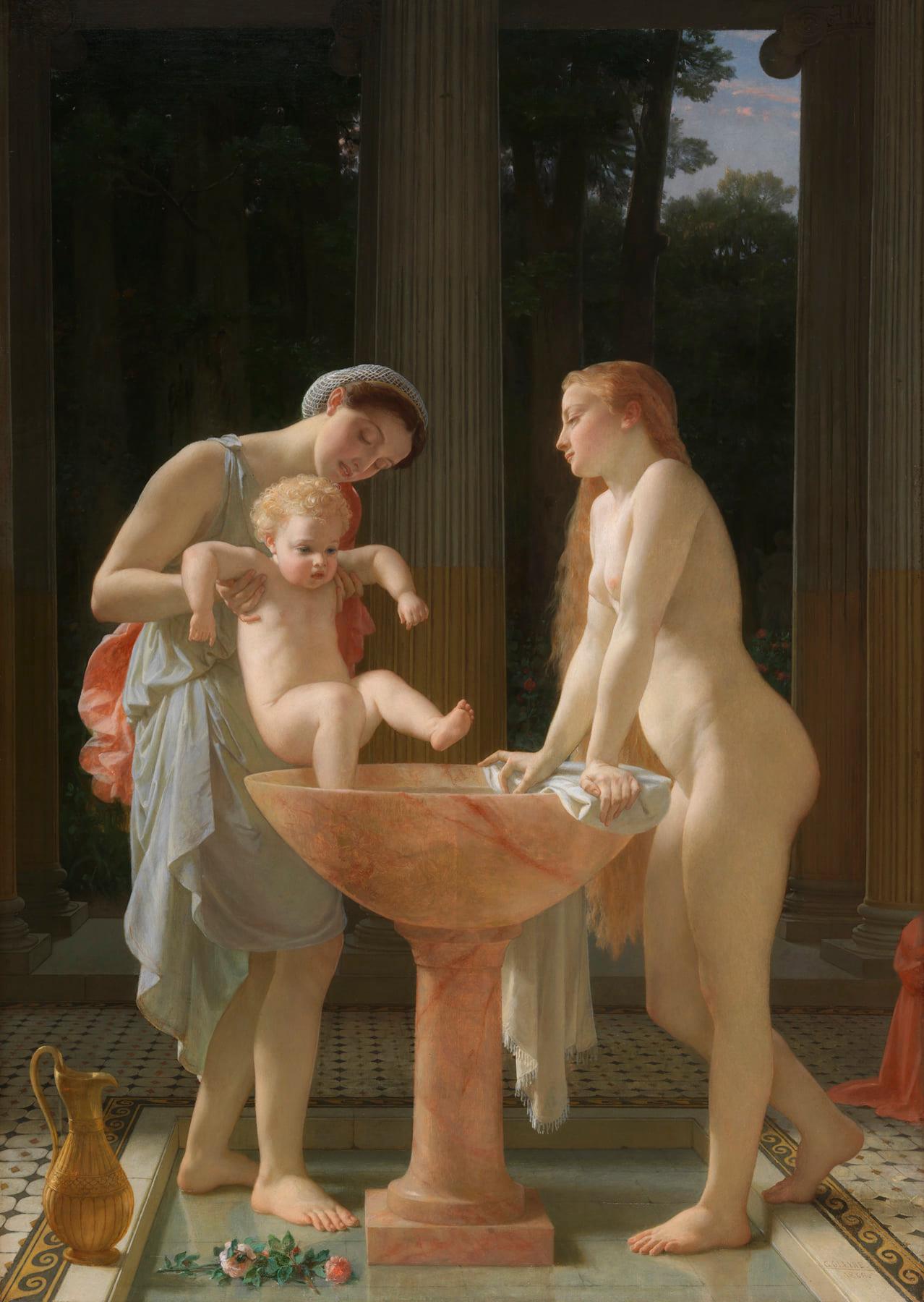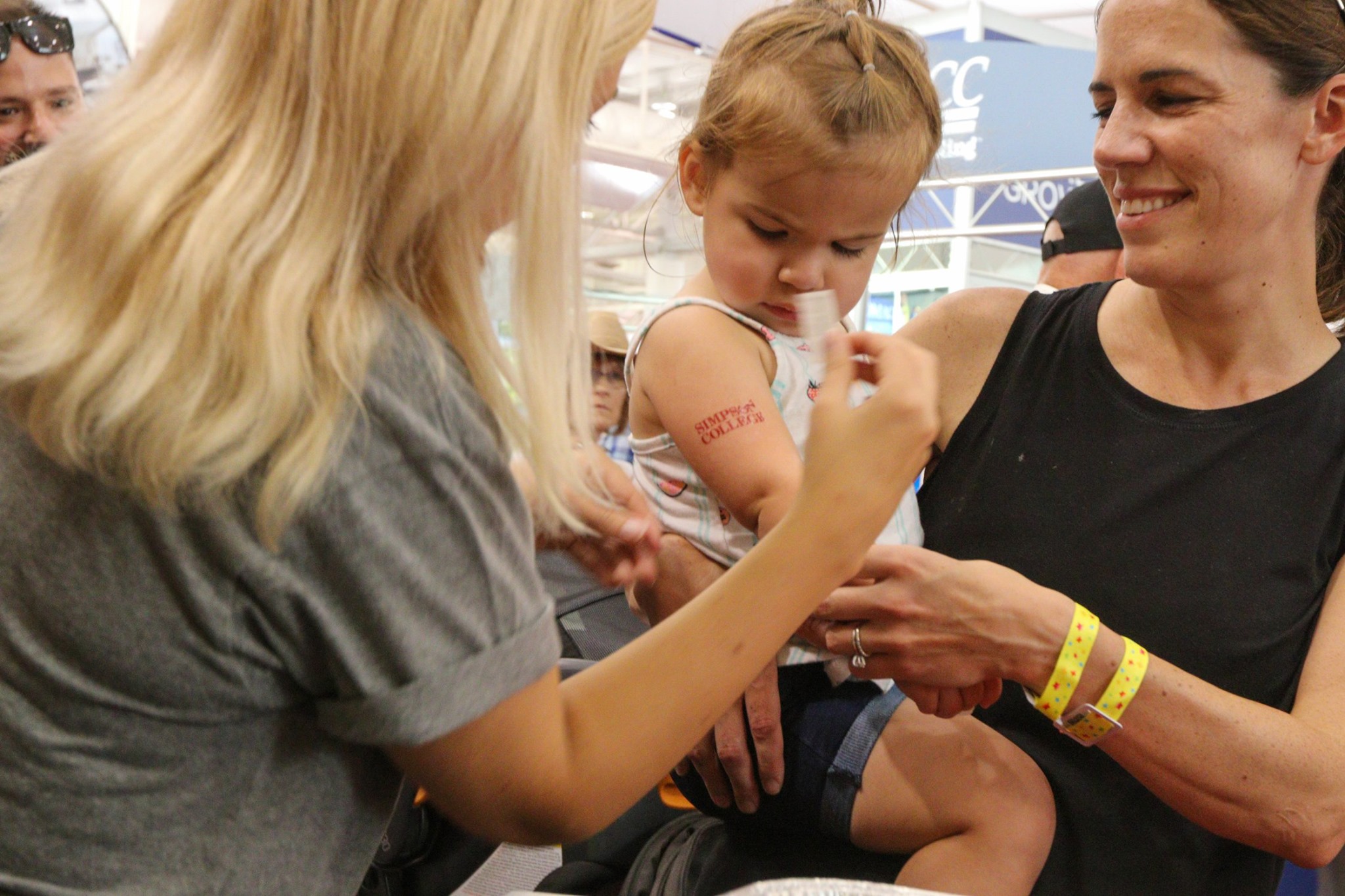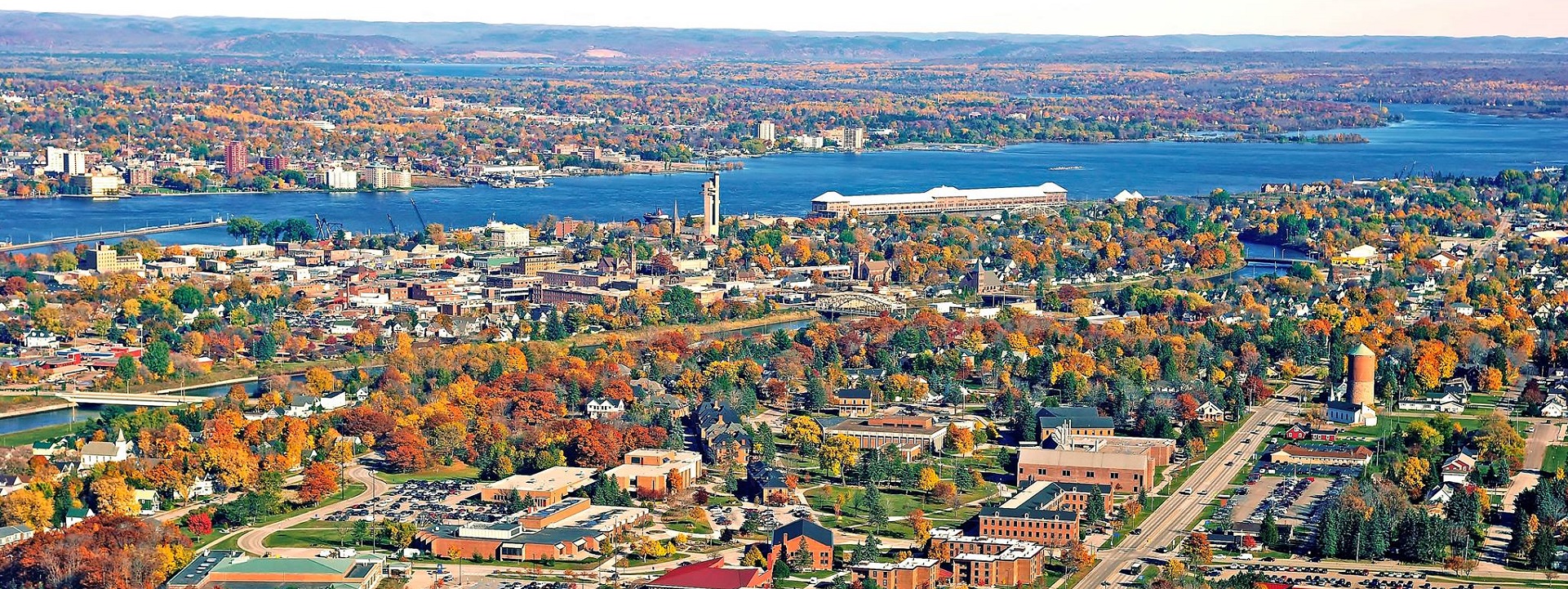EPRI is an independent, nonprofit organization that is primarily funded by its member utilities. These member utilities are typically electric power companies, and they contribute financially to EPRI to support its research and development activities.
While EPRI is not directly funded by the government, it does collaborate with various government agencies on research projects and receives funding for specific initiatives through government grants and contracts. Additionally, some of EPRI’s research and development efforts align with government priorities in areas such as renewable energy, environmental sustainability, and grid modernization.
Qualification Standard for Power Plant Operators
EPRI 2024 Research Portfolio: Building on Success to Drive Progress
Electrical inspectors (See NFPA 1078) typically do not have jurisdiction over electrical power plants. Electrical power plants, especially large-scale utility power plants, are subject to much more stringent regulations and oversight than regular electrical installations. The responsibility for inspecting and ensuring the safety and compliance of power plants falls under various government agencies and organizations.
In the United States, for example, power plants are subject to federal regulations set forth by the U.S. Nuclear Regulatory Commission (NRC) for nuclear power plants or the U.S. Environmental Protection Agency (EPA) for fossil fuel power plants. Additionally, state regulatory agencies and utility commissions may have their own specific requirements and oversight for power plants within their jurisdictions.
Power plants typically undergo rigorous inspections and audits to ensure compliance with safety, environmental, and operational standards. These inspections are conducted by specialized teams of engineers, experts, and representatives from relevant regulatory bodies and utilities.
While electrical inspectors may not have jurisdiction over power plants, they play a crucial role in inspecting and ensuring the safety of electrical installations in other settings, such as smaller power generation facilities (i.e. district energy plants) that are not exempted by self-assessment charters granted to many large university power plants.




